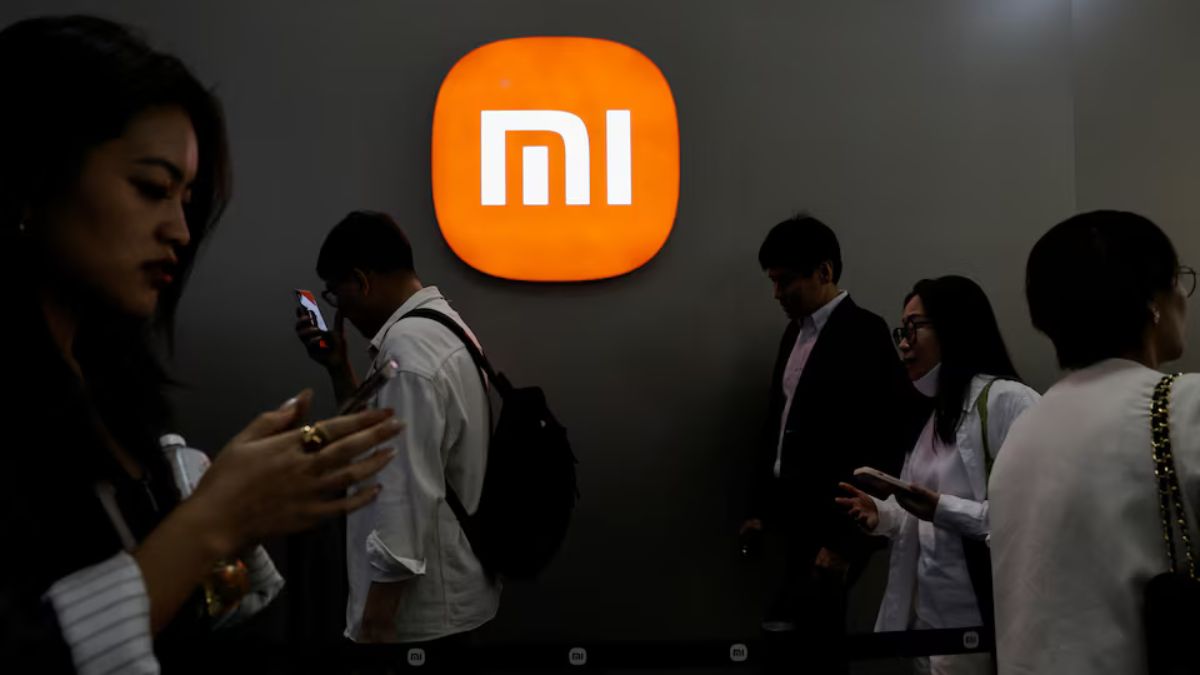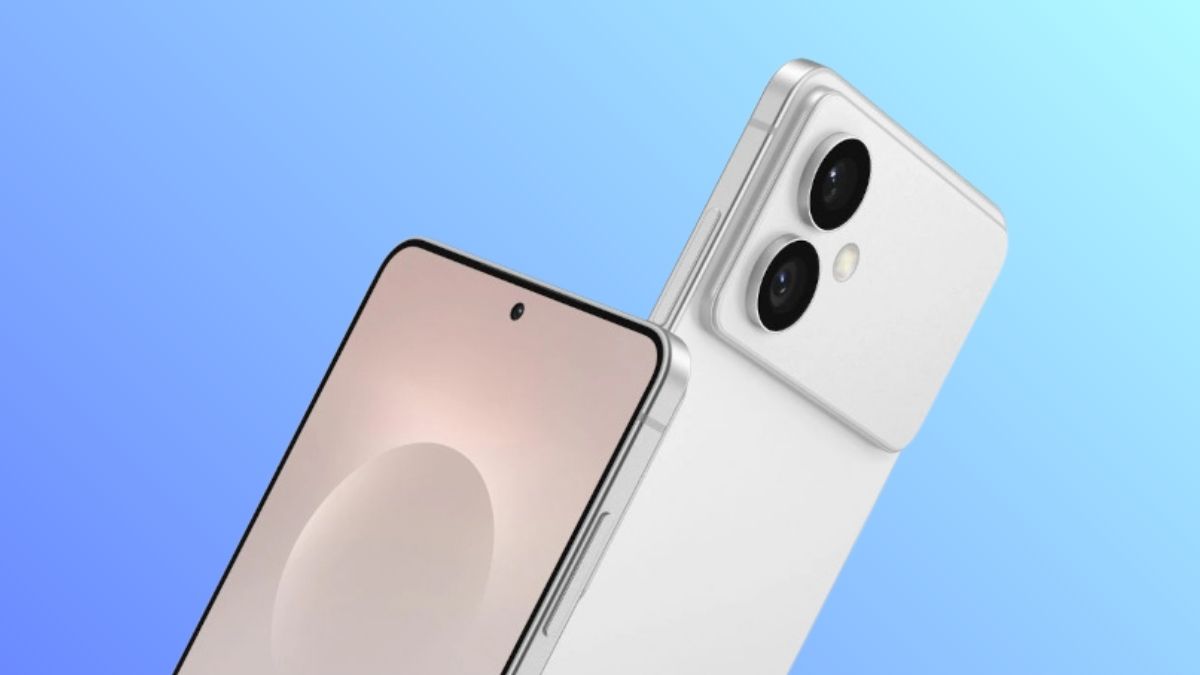In the ever-evolving world of budget smartphones, Poco has emerged as a more compelling option than Redmi in 2024, offering superior value for money without compromising on performance.
While Redmi once reigned supreme in the budget and mid-range categories, recent shifts in pricing and strategy have allowed Poco to steal the spotlight.
1. The Rise and Plateau of Redmi
Redmi built its reputation by offering high-performance smartphones at budget-friendly prices. The Redmi Note series, from the Note 5 Pro to the Note 10, was a game-changer, providing powerful processors, large batteries, and capable cameras at an unbeatable price.
However, over the past few years, Redmi has increased its prices, putting its devices in direct competition with brands like Samsung. This shift, coupled with incremental improvements and increased competition, has made Redmi phones less appealing to budget-conscious buyers.
2. Enter Poco: The Challenger
In 2018, Poco entered the market with the Poco F1, a device that instantly caught attention by offering flagship-level performance at a fraction of the price of premium mid-range phones.
Poco’s strategy was simple: leverage Xiaomi’s supply chain, remove unnecessary frills, and deliver top-tier performance at an affordable price.
Since then, Poco has stuck to this formula, consistently undercutting Redmi on price while offering nearly identical specifications. A prime example is the Poco X6, which shares most of its hardware with the Redmi Note 13 Pro but comes at a significantly lower price.
3. Similar Specs, Lower Prices
One of the biggest advantages of Poco over Redmi is its aggressive pricing strategy. Despite being built on similar hardware, Poco phones often come in at lower prices.
From processors to AMOLED displays and large-capacity batteries, both brands offer nearly identical features. However, Poco’s ability to deliver these features at a lower price makes it a better value proposition for consumers.
4. Branding and Target Audience
Poco’s branding strategy also plays a key role in its competitive pricing. While Redmi aims to strike a balance between mass-market appeal and competitive pricing, Poco focuses on performance-first buyers who prioritize speed, battery life, and display quality over luxury materials. By cutting costs on premium finishes, Poco delivers what tech enthusiasts care about most: performance.
In contrast, Redmi has gradually shifted towards a more premium market with its Redmi Note 14 Pro series, leaving a gap in the sub-$200 market. This has allowed Poco to position itself as the new budget king, appealing to consumers who want top performance without the premium price tag.
5. The Bottom Line
Poco’s value proposition is clear: it offers nearly identical specifications to Redmi at a lower price point. While Redmi still provides solid performance, its increasing prices have made it less attractive to budget-conscious buyers. Poco, on the other hand, continues to offer an unbeatable combination of performance and affordability.
As long as Poco sticks to its no-frills approach and aggressive pricing strategy, it will likely continue to outshine Redmi as the go-to choice for budget smartphones. While Redmi shifts towards a more premium market, Poco remains focused on delivering maximum value for money.












